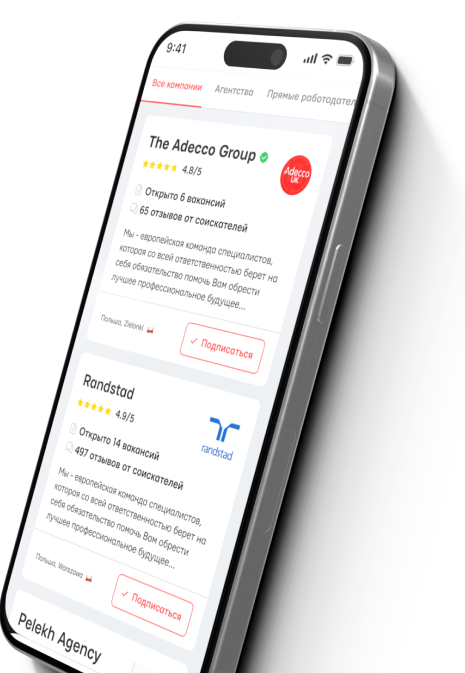Holodomor provoked a surge in diabetes in subsequent generations of Ukrainians. Science Journal published a study.


Scientists have found a link between the Holodomor of 1932-1933 in Ukraine and the predisposition of children born during this period to type 2 diabetes. The study was conducted on over 10 million people born in Soviet Ukraine in 1930-1938. Scientists found that individuals born in the first half of 1934, when the famine was at its peak, had more than twice the likelihood of developing diabetes compared to those who did not experience the famine. Specifically, in regions with extreme famine, this risk was 2.15 times higher, while in regions with less severe famine, there was a 1.48-fold increase. Those born in regions without famine did not show an increased risk of developing the disease. Researchers also tracked the impact of famine intensity on birth rates. The number of births in the first half of 1934 was lower in famine regions compared to non-famine periods.
On October 12, 2023, PACE recognized the Holodomor as a genocide of Ukrainians.
Read also
- Russia attacks Ukraine: explosions heard in Dnipro and Odesa
- Kyslytsia revealed previously unknown statements by Russians during negotiations in Istanbul
- In the battle for Ukraine, actor Nazar Malik was killed
- Russians managed to establish themselves in Sumy region – DeepState
- Zelensky announced the third stage of prisoner exchange
- A shell exploded in a house in Kherson region: a child died










